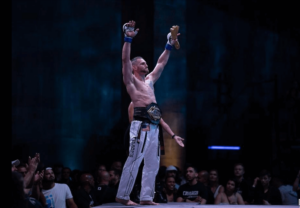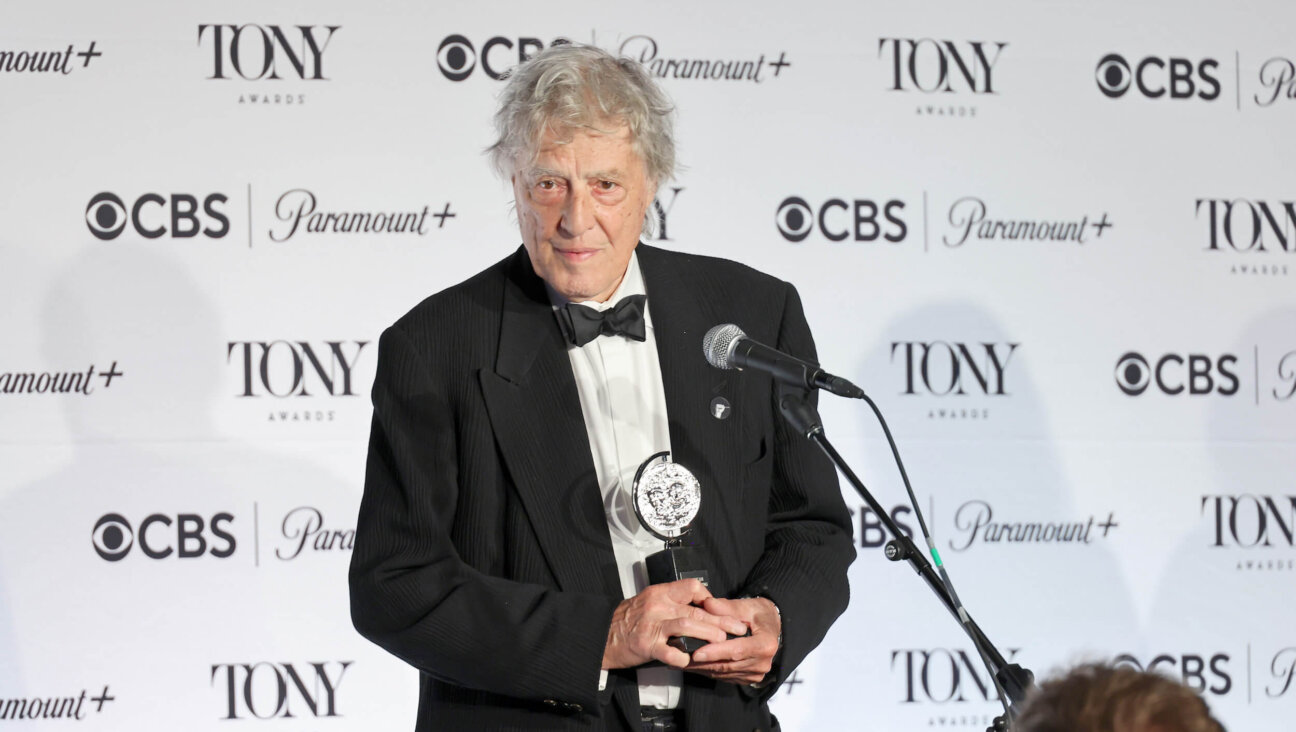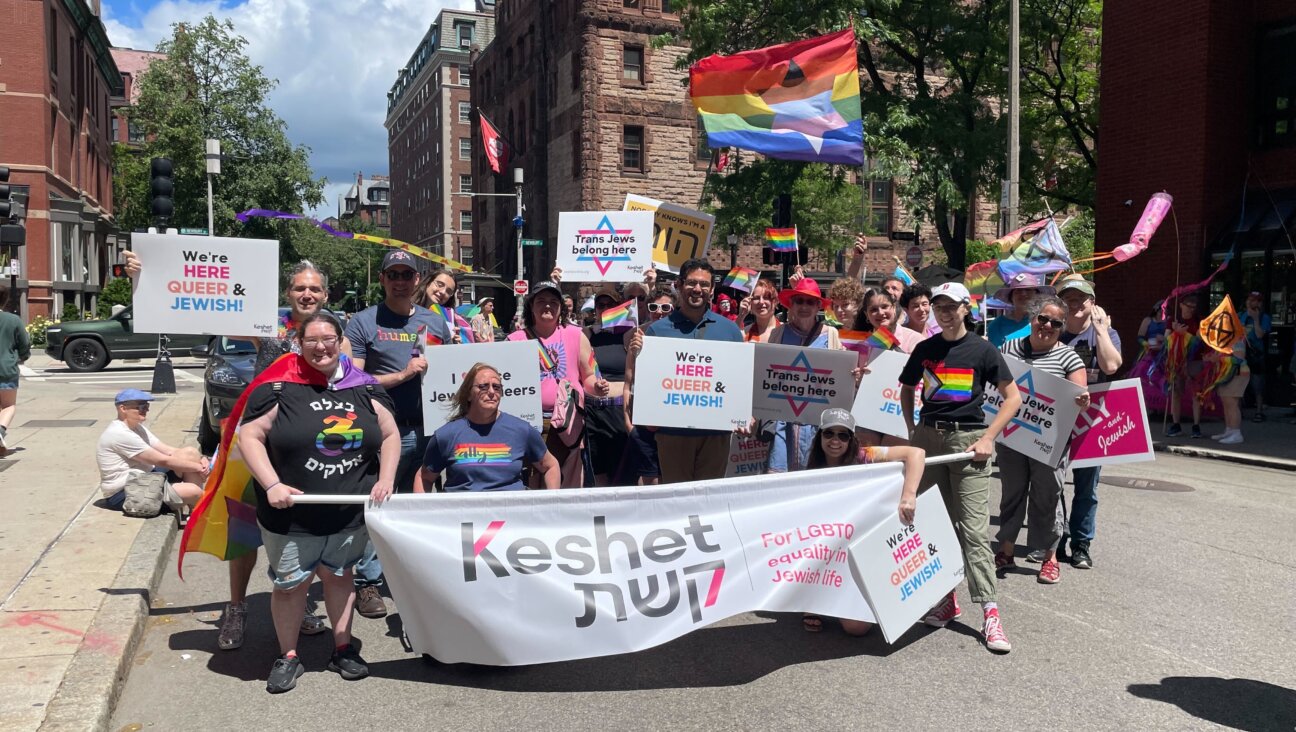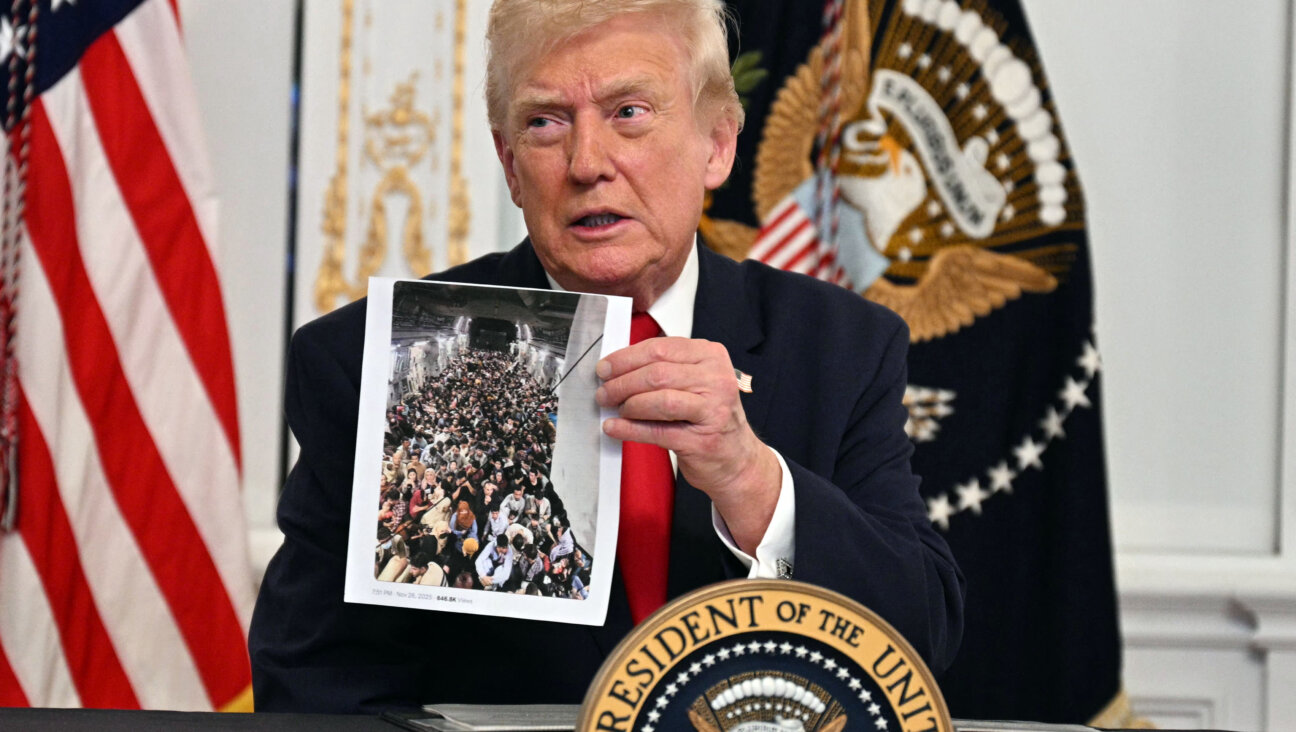Meet Ross ‘Turbo’ Levine, Jewish martial arts champion — and physical therapist
He heals by day and fights by night

Graphic by Angelie Zaslavsky
On a typical day, Ross Levine uses his healing hands to keep people out of the hospital. But on fight night, those hands are weapons that could put his opponents in an ambulance.
Levine, whose nickname is “Turbo,” has just become the middleweight champion of the Karate Combat League. It happened June 26 when he tamed Shahin “The Lion” Atamov with a five-round decision victory before a sold-out crowd on the backlot of Universal Studios in Orlando, Florida.
The 5-foot-11, 185-pounder dominated the fight, stalking his opponent, landing crushing punches and kicks while absorbing some powerful shots to his head.
Also on his resume: Levine delivered “Knockout of The Year” as a member of Glory, a well-known kickboxing promotion company, in 2019, when a left kick and punch sent his opponent, Thomas Diagne, to the mat.
Hamsa tattoo and baseball bar mitzvah
Born to Jewish parents Charles and Fran, Levine has a hamsa tattoo with a rose on the left side of his chest inspired by his grandmother Dorothy, who wore a gold hamsa, the open hand-and-eye symbol. “I’m certainly proud of my heritage,” Levine said.
He even thanked his parents publicly — which most fighters don’t do — during his post-fight interview for the championship as cameras showed them in attendance.
“They sacrificed a lot both financially and in terms of time,” Levine, 34, said. “For them to be around in good health and to see me win my first professional championship, it was great to pay back all the great things they’ve done for me.”
Levine grew up in Brooklyn and while he didn’t love attending Hebrew School at East Midwood Jewish Center — he would have preferred hanging out with friends — he appreciated learning some Hebrew and Jewish teachings. His bar mitzvah was baseball-themed; he’s a Yankees fan and his favorite players are closer Mariano Rivera and shortstop Derek Jeter.
Toughness is in his blood, Levine said: His brother is a martial artist, his father was an accountant who also did karate, and his grandfather was in the military.
Yes, there are Jewish fighters
Levine said some people are surprised to find out he’s Jewish. But he’s not the only Jewish fighter. Yuri Foreman was a super welterweight champion and famously fought at Yankee Stadium, taking on Miguel Cotto in 2010. Dmitriy Salita became the Golden Gloves champion at Madison Square Garden in 2001 and junior welterweight champion as a pro in 2008, then had an incredible undefeated streak, ultimately finishing with a record of 38-2-1. He went on to become a successful promoter. Both Foreman and Salita are Orthodox.
In mixed martial arts, successful Jewish fighters are largely Israeli, including father and son Haim and Aviv Gozali, who thrilled fans in the Bellator MMA promotion, and Noad Lahat, who has competed for Ultimate Fighting Championship and Bellator. Natan Levy earned his first UFC victory in May and Itay Gershon has been a fearsome striker for Glory.
An injury led to his day job
A Madison High School and Brooklyn College graduate, Levine studied karate from the age of 7 and competed regionally. At 23, he tore his hamstring. When he went for physical therapy, he was so impressed by the work of Chris Delehanty of Physiofitness in downtown Manhattan, he decided that would be a good career path. He got his doctorate in physical therapy at Franklin Pierce University in New Hampshire and works at Restore Physical Therapy in Rhode Island.
“My patients are aware of my fighting,” he said. “They understand they can relate to me. I treat a lot of athletes and martial artists. They see me doing it, I’m walking the walk and talking the talk. I’m not just some guy telling them what to do. I’m living and breathing it.”
In his debut in Karate Combat, announcers hypothesized that he purposely went after his opponent’s peroneal nerve, which supplies movement and sensation to the feet and lower leg.
He said that wasn’t the case but admits his day job gives him an edge in his night job.
“I definitely think it’s a huge advantage.,” Levine said. “I know my body inside and out. I know when I can push my body and when I need to pull back. I know if I have an injury how to treat myself. So I know more than the average competitor because of my experience as a PT. To be so specific and say I was aiming for the peroneal nerve is crazy to think, but I was looking to do some damage to the calf.”
‘The danger level is there’

Karate Combat doesn’t allow submissions, grappling, elbow strikes or knee strikes. A fighter on the ground may be hit but is allowed up after five seconds. Its televised presentation features Unreal Engine, a 3D graphics feature that gives battles a video game-like appearance. Most notably, the fights take place in a 45-degree angled square pit with four steep walls where fighters who fall may have difficulty getting up. Fighting in the pit took some getting used to, Levine said; there’s nowhere to practice in a structure like that.
He added that while the rules may at times result in less blood than UFC, there should be no confusion as to what can happen. “The danger level is there,” Levine said. “The fighters are the elite of the elite from around the world. Everyone is a killer.”
Levine is paid for each fight and also seeks sponsors. He is 3-0 in Combat Karate and 7-0 overall in his pro bouts. “I go in expecting to win every match,” he said. “I prepare extremely well. I have great trainers and coaches around me.” He credited T Kang Taekwondo, Jadi Tension, Mike Conroy, Andrew Cornell and Jake Marini for helping him get to a high level as well as his wife Madelyn, a fellow kickboxer he met in the gym. As for diet, he has a nutritionist and doesn’t eliminate carbs but avoids processed sugar.
While he would be up for acting opportunities, he’s not looking to jump to UFC. “I believe in this league, I want to maintain my world championship and do everything I can to help it grow and take it to the next level,” he said.
How does he go from caring for patients to taking out his foes? “I’d like to think I’m a nice guy,” he said. “It’s part of my profession. In fighting, I know I will inflict some damage, but my opponent is there to do the same to me. I see fighting as an art and part of my expression.”
He also thinks karate classes are great for kids, teaching them discipline and how to diffuse a situation should trouble arise. “The world is a scary place now,” he said. “You never know what someone is going to do.”















